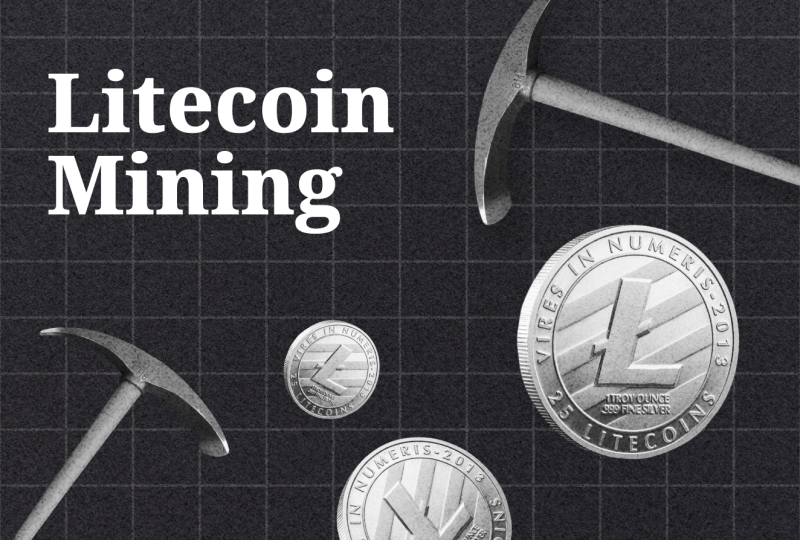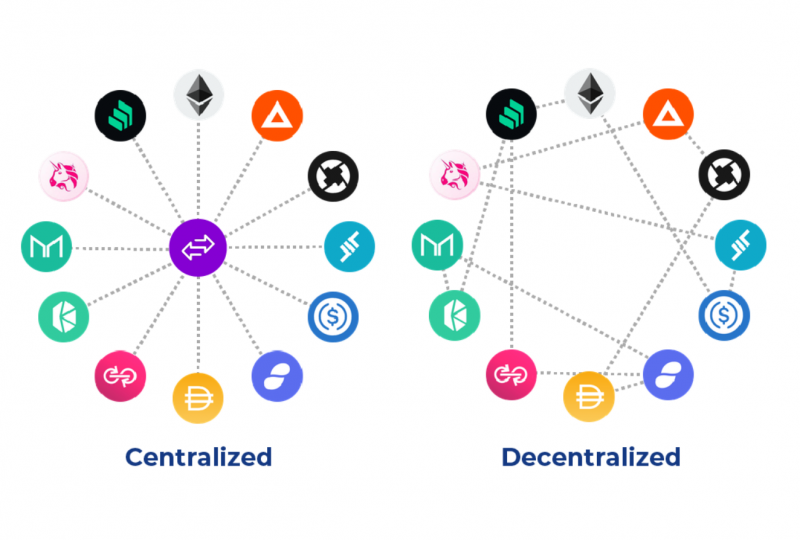Market Maker Vs Liquidity Provider: Key Differences
July 30, 2021

Beginner Forex brokers understand that they need to connect reliable liquidity providers; otherwise, traders face losses and choose other platforms to buy and sell currencies. Meanwhile, newer business owners may confuse liquidity providers with market makers. Their roles are totally different. Let’s dive into the terminology to understand the difference between a market maker and liquidity provider.
What is the Forex market?
First and foremost, you need to dive deeper into the working mechanisms of the FX market, as this giant industry didn’t appear from thin air.
The market is claimed to provide billions of people with the opportunity to purchase and sell currencies. Meanwhile, you cannot buy currencies ‘from nobody’; this is why Forex unites banks, investment funds, hedge funds, and other institutions related to finances. Major institutions are called market makers (MMs) as they maintain the FX sector active.
What is a market maker?
The term ‘market maker’ is related to players who ‘make the market’ – i.e., banks, funds, and other institutions are the foundation for the Forex market. They hold millions of dollars and other currencies, maintaining the highest level of FX turnover. Such a market cannot exist without market makers.
These major players buy and sell giant volumes of assets, impacting their rates and capitalizing on the differences.
The role of liquidity providers
As for liquidity providers (LPs), they act as mediators between brokers and MMs. Brokerage companies need to provide active traders with a broad order book, especially while talking about fewer in-demand pairs. The insufficient volume of an order book leads to price slippage and gaps. As such, traders face the situation when they cannot buy and sell currencies by the market price. Losses force traders to switch their focus on other brokerage platforms, where orders are executed instantly.
Liquidity Providers are companies that connect a broker with the largest banks and funds; this is why the order book gets tons of bid and ask orders for the majority of trading pairs. Traders access zero spreads (no differences between bid and ask prices).
To summarize the difference between market maker vs liquidity provider, remember that their roles diverge. MMs are responsible for FX inflows and outflows, maintaining the market active while a liquidity provider is a bridge between brokerage companies and market makers.
Tier 1 and Tier 2 liquidity providers
All the above information and explanation are related to Tier 1 liquidity providers. They connect a broker with the most powerful banks and funds ( BNP Paribas, Goldman Sachs, JP Morgan, etc.). On the other hand, Tier 2 providers exist as well, and beginner business owners need to understand their working principles.
Tier 2 providers fall into the category of second-level LPs. Such a provider acts as a market maker. How is it possible? These LPs provide brokers with access to a certain bank, Electronic Communication Network (ECN), or exchange. Brokerage companies that cooperate with Tier 2 LPs are known as STP (Straight Through Processing) brokers. Traders’ orders are executed by a certain bank directly.
Why are Tier 2 LPs not the best choice for brokers?
1) When a provider connects your brokerage company to a certain bank, an order book is not as broad as Tier 1 LPs offer. 2) While talking about direct access to the ECN network, traders need to have at least $10 000 to enter the market.
This said beginner brokers understand they need to find a reliable Tier 1 LP to attract crowds of traders, offering them ultimate features. B2Broker is among the top-rated liquidity providers to guarantee 0 spread, order execution from 12 milliseconds, coverage of 80 trading pairs, etc.
Wondering how these solutions can boost your business?
Leave a request, and let our experienced team guide you towards unparalleled success and growth.




